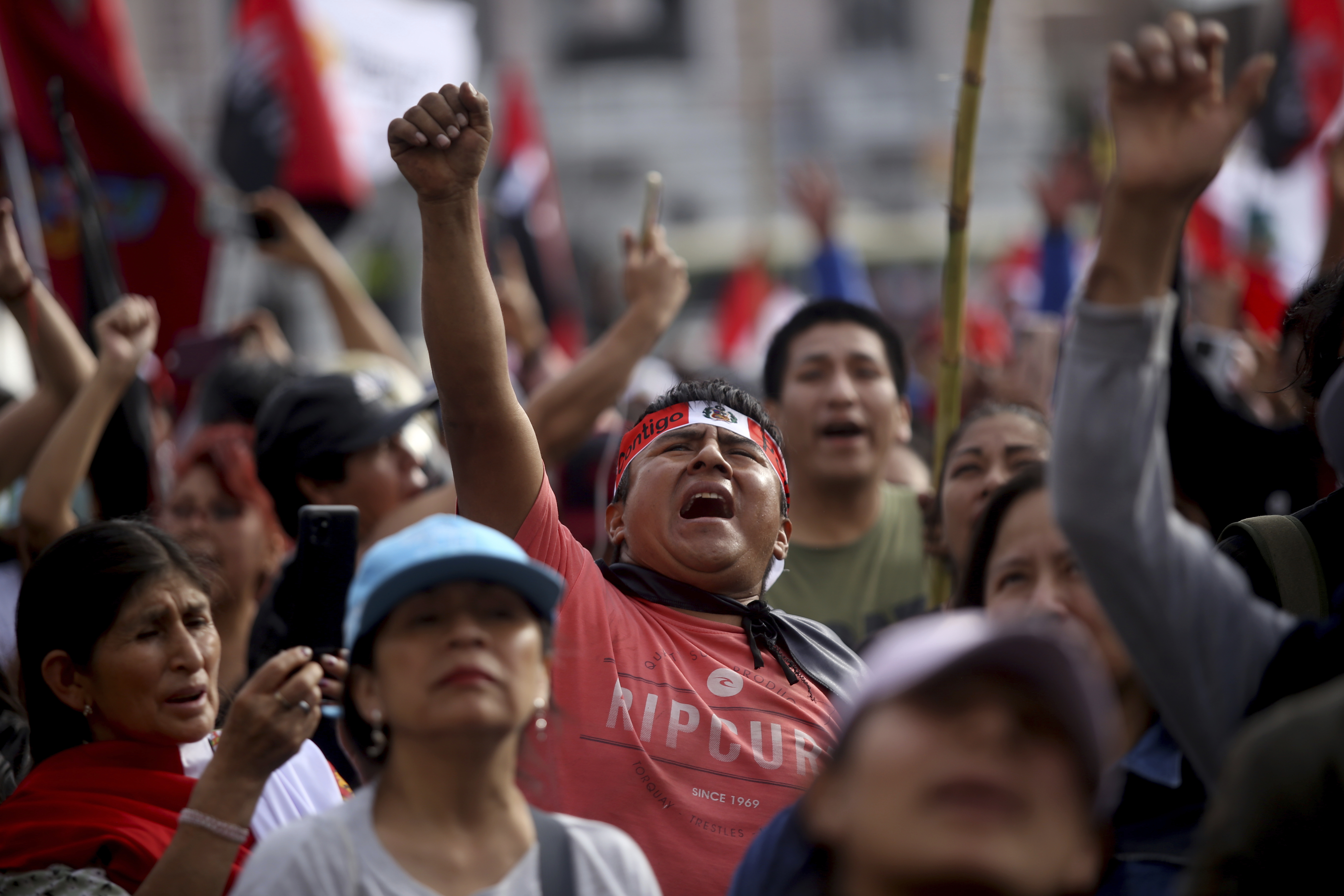Weekly Chart: Technology and the Digital Divide in Peru
Weekly Chart: Technology and the Digital Divide in Peru
Just 1.4 percent of rural Peruvian homes connect to the Internet.
If you're traveling in Peru and need to check email, be sure to do it before you head out to the countryside. While 47.1 percent of households in the Lima metropolitan area have an Internet connection, just 1.4 percent of rural homes do. In 2010, Peru launched a national broadband plan, in part, to bridge this digital divide. The plan calls for the construction of a fiber-optic backbone that will connect 180 of the country’s 196 provincial capitals by mid-2016. As of December 2015, 60 percent of those capitals have high-speed Internet.
While the fiber-optic backbone addresses infrastructure needs, keeping up with rapid digital evolution will require formidable political commitment to push further progress, and that might prove to be a challenge. According to the World Economic Forum’s (WEF) Global Information Technology Report 2015, the political and regulatory environment for encouraging the development of information and communication technologies is one of the country’s weakest areas, scoring 3 out of a possible 7 points, and below an average of 3.5 among other large Latin American economies. While there’s still plenty of room for improvement, Peru made significant progress over the last four years: its 16-spot jump between WEF’s 2012 and 2015 reports was one of the largest gains worldwide.









